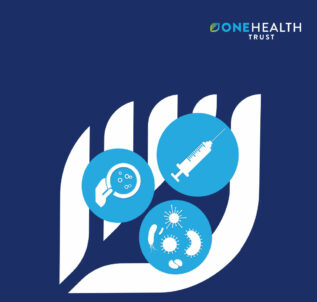The value of vaccines to mitigate antimicrobial resistance

New research from the One Health Trust highlights the importance of boosting vaccination coverage to slow the pace of antimicrobial resistance.
The analysis published by the One Health Trust (OHT), with support from the International Federation of Pharmaceutical Manufacturers and Associations (IFPMA), focuses on the impact that increasing vaccination coverage would have on the AMR-related health and economic burden in thirteen countries.
AMR develops when microbes evolve and become resistant to current therapies, making infections harder to treat and exacerbating disease spread and severity. The report emphasizes country-specific data to help inform immunization strategies to address AMR in countries facing a high infectious disease burden.
The report highlights the following benefits of vaccines in tackling AMR
- A significant decrease in drug-resistant infections and associated treatment failures. For example, an infant typhoid conjugate vaccine program with a catch-up campaign could prevent approximately 53.5 million cases of drug-resistant typhoid fever in 73 low- and middle-income countries (LMICs) over 10 years.
- Reduced health care costs by curbing drug-resistant infections. For example, estimates show that in Ethiopia, sustained pneumococcal conjugate vaccine coverage could reduce cumulative costs due to AMR deaths and treatment failures by US$7.67 million annually over 5 years, and increased uptake to 85 percent would reduce these costs by US$11.43 million annually.
- A reduction in antimicrobial use. For example, rotavirus vaccines at 77 percent coverage could avert 13.6 million (31 percent) episodes of antibiotic-treated diarrhea annually among children under 2 years old in 18 LMICs.
This report emphasizes the need for policymakers to use this evidence base to expand coverage of vaccinations in routine immunization schedules and introduce vaccines with a demonstrable contribution to reducing antimicrobial resistance and antibiotic use, such as those targeting rotavirus and typhoid infections.


